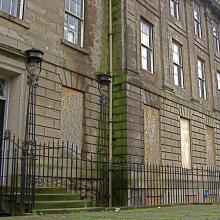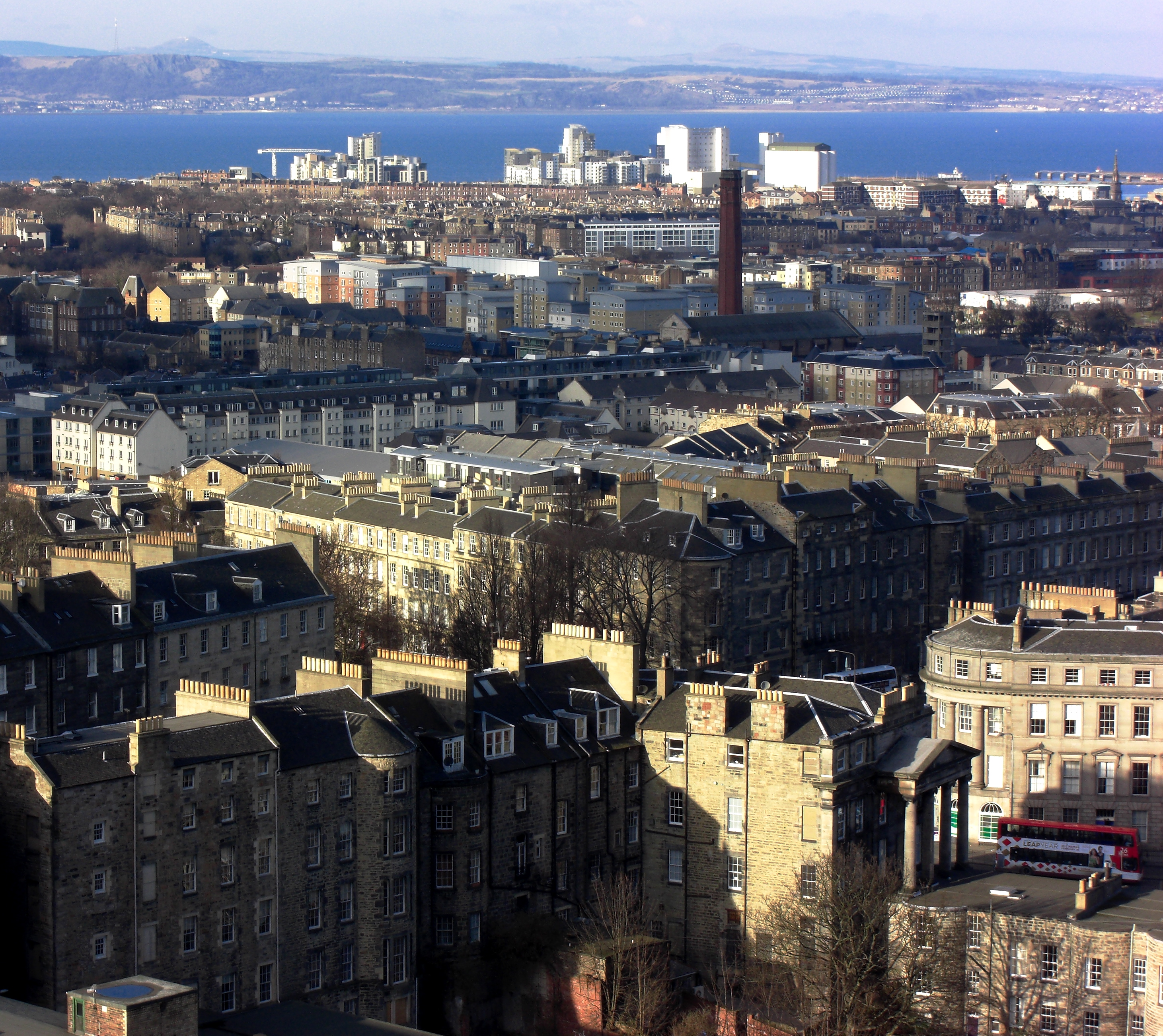
Trendy Celt Ltd have submitted plans to the Council to alter (and change the use of) 1–3 Baxters Place to a licensed hotel, involving the demolition of a building at 2 Greenside Lane (Refs 12/04064/FUL; 12/04076/LBC).
Work would include the construction of additional hotel accommodation and associated facilities, and the formation of access and car parking (amending the plan consented at 08/03635/FUL).
Marriott Hotels are understood to be the intended end-user.
Planning observers, including those at the New Town and Broughton Community Council, will be looking carefully to see what if any changes have occurred in the proposal since it was last aired at the pre-application notification stage in September.
It appears from a synopsis of the PAC process by Trendy Celt's agent Scott Hobbs Planning Limited that a number of key concessions have been made in response to public concerns:
-
The former cinema unit on the front of Baxter’s Place has been deleted from the current proposals. There was strong support for this move by NTBCC and Historic Scotland.

- To address City of Edinburgh Council design officers' concerns, massing of the new building at the back has been reduced on the top floor (Level 7), resulting in six fewer bedrooms.
- Plant at roof level has been reduced to a minimum, and is now less than that previously proposed as part of the extant scheme.
- In making comparisons to the scheme which benefits from extant planning permission (Ref. 08/03635/FUL), the outdoor area at Level 5 has been deleted, and access to outdoor areas by residents and visitors has been reduced.
One area of confusion remains the way in which the site is described. In the report of the pre-application process, the agent refers to it as 1–5 Baxter's Place. In the application form itself, it refers to it as 1–3 Baxter's Place. And, as was publicly announced at its October meeting, NTBCC has belatedly come to the conclusion that No. 4 Baxter's Place does not comprise part of the scheme at all (Issue 212). Some clarity on this is urgently required.
Interestingly, Edinburgh's archaeology officer John Lawson has written to the Planning Department outlining the site's historical importance and the need for careful, professional examination.
'Historically the site occurs immediately to the north of Edinburgh’s medieval town along the main medieval road linking Edinburgh with its port at Leith. The proposed development site also lies either on or close to the site of the important late medieval Carmelite Friary at Greenside (NMRS Ref; NT27SE 36). This monastery was established between 1518 & 1526 by the Order on the site of the earlier Rude Chapel, founded in 1456 by James II for the tournaments undertaken at Greenside. In 1591 the chapel was converted into a Leper Hospital and appears to have been demolished before the 18th century. During Tram related works in 2008-9 a group of 10 inhumations in association with the remains of a boundary wall were recovered on the northern corner of the junction of Elm Row and London Road. These remains have been identified as being associated with this Chapel/hospital site [Issue 174].'
Lawson says the aim should be to preserve archaeological remains in situ as a first option, but that where this is not possible, archaeological excavation or an appropriate level of recording may be an acceptable alternative. He wants the City to impose a condition on planning as follows:
'No development shall take place on the site until the applicant has secured the implementation of a programme of archaeological work (historic building recording, excavation, analysis & reporting, publication) in accordance with a written scheme of investigation which has been submitted by the applicant and approved by the Planning Authority.'
For the background to this story, see Issues 168, 171, 173, 182, 193, 203, 212; Breaking news (24.7.12; 4.9.12).